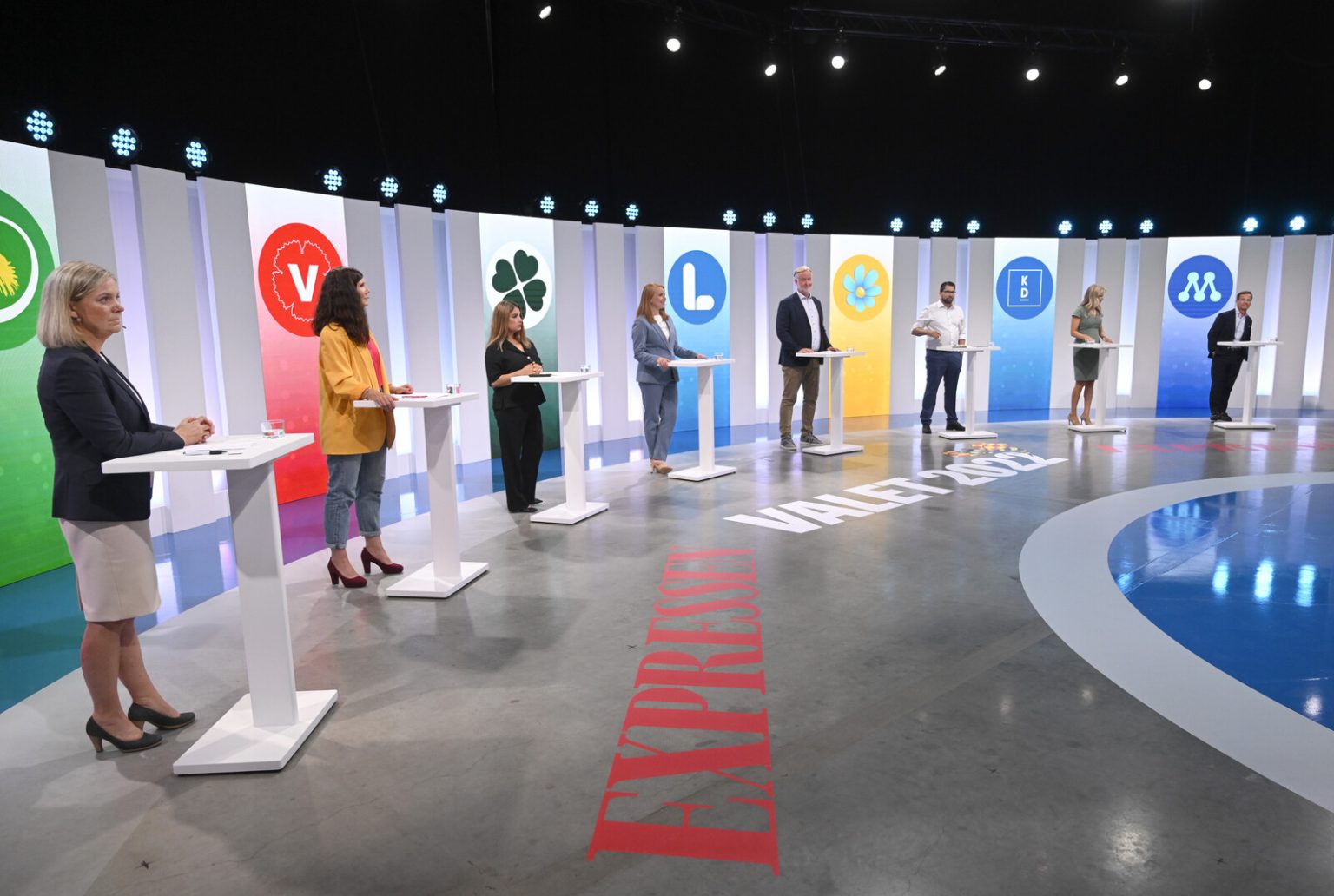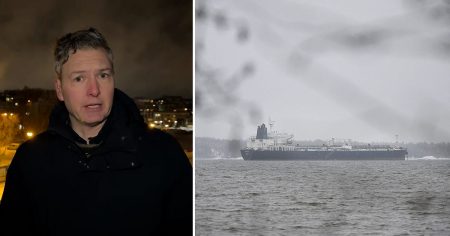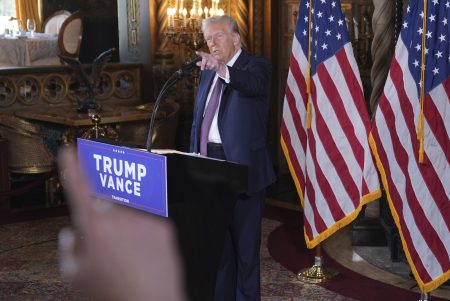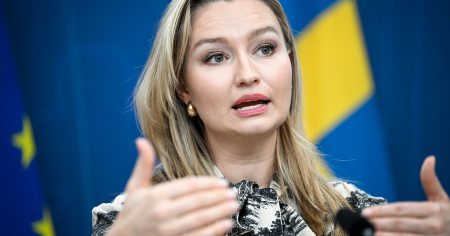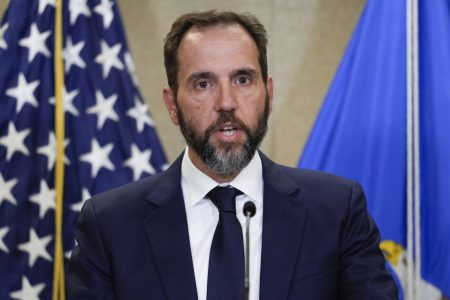Swedish Political Landscape in 2025: A Year of Decisions and Preparations
The year 2025 promises to be a pivotal one in Swedish politics, dominated by security concerns, legislative activity, and the looming 2026 general election. Internationally, the inauguration of Donald Trump as US President will necessitate high-level discussions between Prime Minister Ulf Kristersson and other European leaders regarding European security, particularly in light of potential reduced US engagement and continued support for Ukraine. Domestically, the Kristersson government faces a packed legislative agenda, aiming to deliver on numerous campaign promises before facing the electorate. This includes translating completed investigations into concrete legislative proposals, focusing on areas such as sentencing for young offenders, security sentences, and coercive measures against children. Further investigations, expected to conclude in the spring, will address issues like gang crime penalties, citizenship requirements, and deportation for misconduct.
A key policy area in 2025 will be the government’s commitment to initiating the construction of new nuclear power plants before the next election. This requires a financing proposal to be ready by spring, effective from July 1st. The debate surrounding nuclear power is anticipated to remain heated, providing both the government and opposition with opportunities to garner public support. The backdrop of the 2026 election will also heavily influence the political discourse. All major parties, except the Left Party, will hold congresses to define their political platforms and strategies for the upcoming campaign.
The Liberal Party’s Dilemma and the Future of the Sweden Democrats
A critical question looming over the political landscape is the Liberal Party’s (L) stance on potential future government collaborations. The party faces a crucial decision regarding continued cooperation with the Sweden Democrats (SD) within the Tidö coalition, especially if the coalition emerges victorious in 2026. This decision carries significant implications for L, as rejecting SD could alienate moderate voters, potentially jeopardizing their parliamentary survival. Conversely, continued alignment with SD might further erode their traditional liberal base. While a definitive answer may not be forthcoming in 2025, the pressure to address this issue will intensify leading up to the Liberal Party’s national meeting in late November, coinciding with SD’s national days.
The Sweden Democrats also face a critical juncture, needing to decide whether to maintain their anti-establishment stance or transition towards a more conventional, governing party. Internal tensions within SD are expected to surface, particularly surrounding the eventual departure of Jimmie Åkesson, who marks 20 years as party leader in the spring of 2025. Åkesson’s eventual succession raises questions about the party’s future direction and leadership style, especially given the lack of a clearly identified successor.
Navigating the Political Calendar: Key Events in 2025
The political calendar in 2025 is packed with significant events. The year kicks off with the annual Security Policy Conference Folk och Försvar in Sälen, followed by Donald Trump’s inauguration in January. The Moderate Party’s Sweden Meeting in March and the Social Democratic Party Congress in May will mark significant milestones in the parties’ election preparations. The NATO Summit in June will provide a platform for international security discussions. The presentation of the Budget Bill in September will be a focal point for economic policy debates. Party congresses for the Green Party, Centre Party, and Liberal Party in the autumn will finalize their policy platforms ahead of the 2026 elections. The UN Climate Summit in Brazil in November will focus global attention on environmental issues. The Sweden Democrats’ National Days, coinciding with the Liberal Party’s National Meeting in late November, will likely generate considerable political attention.
The interplay of Domestic and International Concerns
The convergence of domestic and international factors will shape Swedish politics in 2025. The evolving international security landscape, driven by the new US administration and ongoing geopolitical tensions, including the war in Ukraine, necessitates a proactive Swedish foreign policy approach. Domestically, the government’s legislative priorities, especially regarding crime and energy, will be closely scrutinized by the public. The strategic positioning of political parties in anticipation of the 2026 election will further intensify political debate, particularly concerning potential coalition formations.
The Future of Swedish Politics: Uncertainty and Transformation
The year 2025 presents both challenges and opportunities for Swedish political actors. Navigating the complexities of international relations, addressing pressing domestic concerns, and preparing for the upcoming election will require astute leadership and strategic decision-making. The Liberal Party’s dilemma regarding future collaborations and the potential transition within the Sweden Democrats after Åkesson’s eventual departure represent significant factors of uncertainty. These developments, coupled with the ongoing debate on key policy areas like nuclear power, are poised to reshape the Swedish political landscape in the years to come. The interplay of these factors will determine the trajectory of Swedish politics and ultimately impact the lives of its citizens.





